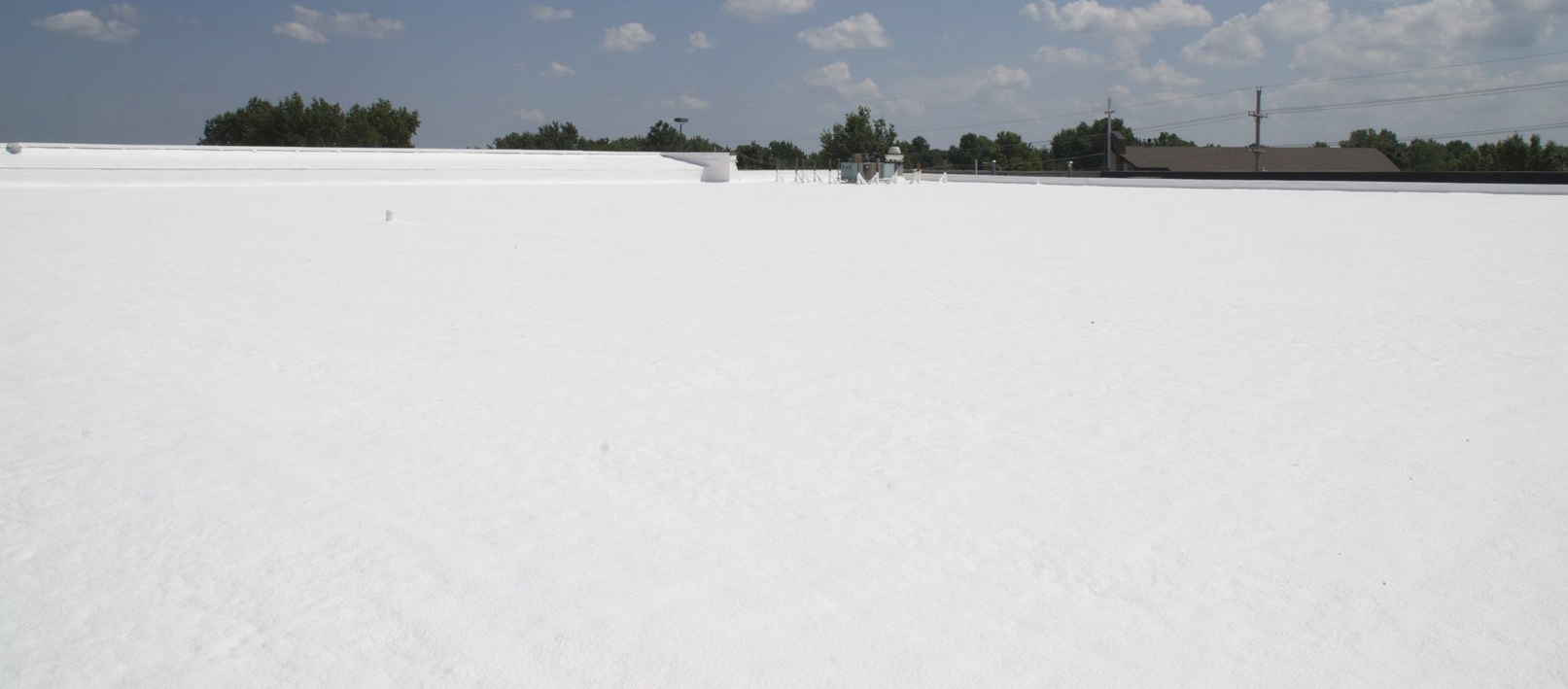All You Need To Know About Flat Roofs
All You Need To Know About Flat Roofs

A new roof installation is a major investment and requires careful deliberation. Choosing the right roof type ensures that a building stays protected from the various outdoor elements.
A high-quality contemporary commercial and residential roofing style is the flat roof. It differs significantly from the traditional sloped roofs in appearance, benefits, materials, and costs. Flat roofs are popular for outbuildings, home garages, house extensions, large structures, and other building types. Different materials are used to construct flat roofs, and the local climatic conditions determine which material will work best for a particular building.
If you are contemplating a flat roof installation for your property, here is everything you should know about it:
What is a flat roof?
Roofs with a pitch of 1-10 degrees are known as flat roofs. Though they may appear horizontal, flat roofs have a very slight slope, ranging between one-fourth to half an inch per foot. It encourages easy rainwater run-off and prevents it from accumulating on the roof and causing damage. Without the angle to facilitate proper drainage, a flat roof will have a short lifespan, irrespective of the materials.
The lifespan of a flat roof depends on the material quality and type, weather conditions, maintenance, and installation. A well-installed flat roof can last up to 25 years with proper upkeep.
Types of flat roofs
Built-up Roof (BUR)
The built-up roof was the most commonly installed flat roof before other materials. It has been around for more than 100 years in the USA and is widely popular due to its affordability. Built-up roofs have multiple layers of waterproof materials alternated with hot tar. The layers are then ballasted with smooth river stones or gravel layers to seal the surface and offer improved stability, durability, and resistance to damage. It is heavier than other roof types and difficult to remove, which adds to the replacement cost. BUR installation is messy and has a foul odor.
Modified Bitumen
Modified bitumen roofs are lighter than BUR and are suitable for DIY installation. They have two to three layers of bitumen sheets and only use one layer of adhesive. It traditionally uses a torch for installation, but modern modified bitumen roofs are also available in self-adhering peel-and-stick options. It reduces the heating and cooling costs, is durable, and is low-maintenance. The gas torch method poses a safety consideration and is not ideal for occupied structures. It is essential to ensure that the roofer is skilled to ensure a safe and quality installation.
Single-Ply Roofing
Single-ply roofing systems consist of flexible sheets of different membrane materials, like rubber, polyvinyl chloride, and thermoplastic or flexible polyolefin (TPO/FPO). The most commonly used material is synthetic rubber sheet or ethylene propylene diene monomer (EPDM). Single-ply or membrane roofing has an insulation board layer topped by EPDM or other material. The EPDM layer is loose-laid or ballasted with masonry pavers or river rocks to hold them in place. The single-ply roofing system membranes are prefabricated and have better strength and flexibility and higher durability than traditional materials.
Flat roofs pros
Several benefits accompany a flat roof installation. Some of the important ones are:
- Aesthetically pleasing owing to a clean, clutter-free design
- Durable
- Quick and less risky installation
- Low construction and maintenance cost due to cheap material, labor, and repair cost
- Provide more usable space
- Offers better protection from external environmental factors
- More energy efficient
- Easier to install solar panels, HVAC systems, and other equipment
- More accessible than their sloped counterparts
- Versatile
- Eco-friendly
- Availability in a wide variety
Flat roof cons
Flat roofs are not perfect and have a few drawbacks.
- Less insulating than traditional roofs, making them more vulnerable to extreme temperature changes
- Debris build-up due to lack of regular cleaning can block the drainage system, leading to water pooling
- Drains less efficiently than pitched roofs
- More prone to damage
Flat roof installations and repairs
Not all roofing companies are experts at installing or repairing flat roofs. Hire a reliable roofer with experience and specialization in flat roof installation. Professionals can suggest the best flat roof material for your area and ensure proper installation. Keeping a flat roof clean and damage-free is essential. Regular inspections and maintenance by an experienced roofer ensure that damages get fixed as soon as they occur for a longer roof lifespan and get the most value for the money.
Flat roofs offer various benefits over traditional roof types. It is the perfect choice for people looking for a modern, durable, affordable, and low-maintenance roofing system.

Location
Oklahoma City, Oklahoma
Business Hours
- Mon - Sat
- -
- Sunday
- Closed
© 2021 All Rights Reserved Adkins Spray Foam Insulation & Roof Coating Services